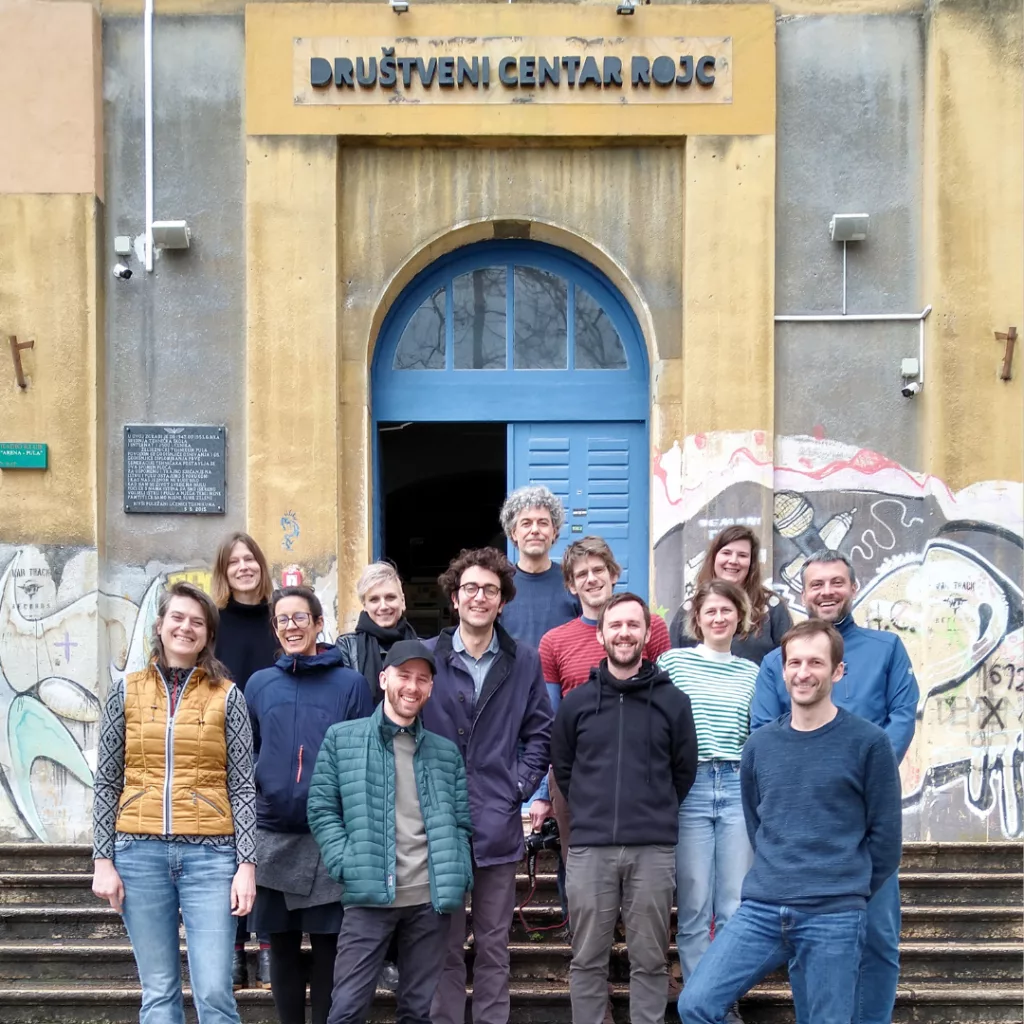Adrienne Van Vyve works with Infirmiers De Rue (Street Nurses) in Brussels, one of the partner organisations of 400 Toits-Daken – a member of the European End Street Homelessness Campaign.
At Infirmiers De Rue, we are calling for a policy of active screening of homeless people for the COVID-19 virus.
Today, homeless people are practically the only ones still out on the streets of our cities. We are all advised to ‘stay at home’ and ‘wash your hands regularly’ – this is simply not possible in their case. These men and women are at a real risk of catching the virus, not only devastating for them, but also becoming a source of contagion for others.
By gathering people who are sleeping on the streets together, to provide shelter, might be counter-productive – it is only increasing the risk of spreading the virus between extremely vulnerable people, and ultimately throughout society. It is also contrary to government advice, based on social-distancing for example. It is in fact mixing a lot of people together, who usually live in small groups or alone on the streets, and who are already at a higher risk of infection.
This is why we think it is so important that homeless people can benefit from testing, in order to correctly identify positive cases of the virus, isolate them from others and test those they have been in contact with. And why we have issued three main priorities for immediate action (see below) – support our Call for Action by signing and sharing it widely.
We know from experience that large groups of people living in precarious situations, such as shelters, are difficult to protect against epidemics of all kinds. And we also know that, with regard to the coronavirus, significant numbers of infected people do not show symptoms but are nonetheless contagious. That’s why symptom-based detection and isolation is not only insufficient, but even dangerous. This is even more important amongst our street homeless population, who are at a high-risk of developing serious complications, and therefore putting further strain on already heavily-burdened medical services. By screening people before grouping together in shelters, it would be possible to accommodate everyone in a much safer way – positive cases could be isolated in a specific place, and those who are uninfected could access conventional collective accommodation until emergency measures have been lifted. At which point everyone should then be placed in safe, secure and long-term housing.
Already, Samusocial, another organisation working with homeless people in the city, has reported a confirmed case of someone infected with COVID-19. This person could only be tested at the hospital because he was demonstrating serious symptoms. Another hospitalised person is currently awaiting the results of their test. How many other residents of these homeless centres are we likely to see follow the same path?
To protect the vulnerable, we call for:
1. Protection of the homeless public.
In order to ensure the protection of the homeless and vulnerable public in general, it is crucial:
- to promote access to safe accommodation that allows for the isolation of vulnerable groups, to control the potential transmission of the disease (impossible today in collective housing);
- to guarantee primary needs, including access to food and hygiene;
- to provide access to counselling and support in view of the closure of services and reception centres; and
- to protect homeless people from punitive measures by the police in the face of the lack of safe alternatives to public space.
2. Proactive and systematic screening policy.
For an obvious public health reason, it is urgent:
- COVID-19 testing is urgently needed in homeless and migrant shelters and support services, to separate positive users from those who are not, in order to control the spread of the virus; and
- to test caregivers working with these vulnerable groups on a daily basis.
3. Keeping people in housing.
Faced with the economic impact of the crisis, it is necessary:
- to maintain housing for vulnerable people; and
- to put in place structural solutions for access to housing, which has become, more than ever, a public health imperative.
Image: Guillaume Bassem




